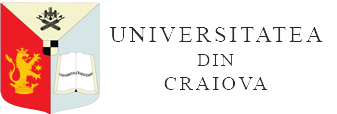THE NEED FOR CHALKING AND CHEMICAL FERTILIZERS APPLICATION ON THE ALBOTA ALBIC LUVISOL
DOI:
https://doi.org/10.52846/aamc.v52i1.1315Abstract
A field experiment was carried out at SCDA Pitești, on an Albic Luvisol with a 25.0-25.2% clay content, with soy crop, Raluca TD variety. Seeds were treated with Bradyrhizobiumjaponicum, the density was 45-50 germinable grains/m2, and the distance between rows 50 cm. Fertilizers were applied during the vegetation cycle as follows: Dual 1 liter/ha, Décor 0,5 liters/ha, and Pulsar 1 liter/ha. The experimental design included 12 variants with the following chemical fertilizers doses: N0P0, N40P40, and N80P80. Agrocalcium (a product obtained by lime fine grinding, with a minimum 90% calcium carbonate content) and Doloflor (100% BIO fertilizer based on bitter spar with a minimum 50% calcium and magnesium oxide content) were used as chalking. Doloflor application as powder and granules in a 2.5 t/ha dose without N and P fertilization modified the soil reaction and pH registered values of 5.3-5.5, in the moderately acid reaction domain. Doloflor powder and granules in 2.5 t/ha dose together with N40P40 and N80P80 fertilizers doses determined very high mobile phosphorus content values (95-97 mg/kg). Mobile potassium contents in the analyzed variants are low ((100-125 mg/kg). Grain yield ranged from 1,483 to 2,053 kg/ha. The lowest yield resulted in the unfertilized and unlimed control. The highest values of grain yield were obtained when applying liming doses together with complex fertilizers.


